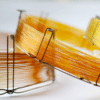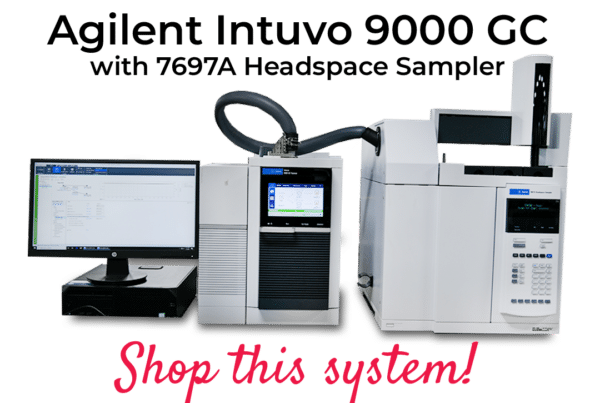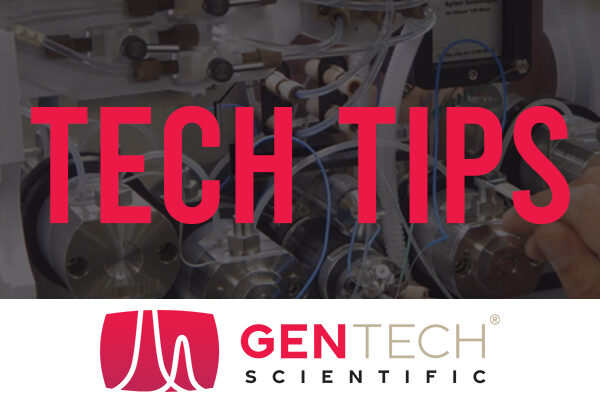Chromatography has many uses, including food and drug testing. Within chromatography, two of the most popular techniques are HPLC and GC. But what are the differences between HPLC and GC techniques? We’ve got the answer to that and more in our breakdown.
What Is the HPLC Technique?
The high-performance liquid chromatography (HPLC) technique is one of the most popular methods for chromatography. Essentially, how it works is that a chromatograph mixes the sample with a liquid, known as the mobile phase, which transports the sample through a column filled with stationary phases.
The HPLC technique identifies substances and quantities of components by measuring how long it takes for the sample to sift through the stationary phase. This technique has many uses, from testing food, carbohydrates, and pharmaceutical drugs, to even recreational drugs with HPLC cannabis testing equipment.
What Is the GC Technique?
The gas chromatography (GC) technique practically uses the same fundamental principles of the HPLC technique but with a different method, primarily the mobile phase. Whereas the HPLC uses a liquid mobile phase, the GC uses a gas phase.
A gas carrier, such as helium, argon, or hydrogen, is introduced to the sample, which carries it into a long tube. The tube heats the gasses to separate the components, and a detector analyzes the data to determine the elements based on the heat and length of the tube needed to separate.
The FDA uses GC for food testing, and the technique can also test drugs, pharmaceutical and recreational, oils, toxins, and air samples. GC is not restricted to testing air and gasses, though, as the technique can also include vaporizing the sample to turn it into a gas before introducing the gaseous mobile phase.
What Are the Differences Between the HPLC and GC Techniques?
As you can tell, the primary difference between the HPLC and GC techniques are the methods and mobile phase the techniques use, namely liquid and gas. Due to this, the two techniques analyze different compound types, with GC better suited for volatile samples.
Both are popular and reliable techniques, but GC has the slight advantage of getting faster results in only minutes or seconds. Despite their differences, the two methods can test many of the same substances, including food and drugs.
Now, you know the differences between HPLC and GC techniques and which ones would be more useful for the substances you need to test. When it comes to lab equipment and lab testing techniques, you can trust the experts at GenTech Scientific.







